In spring, organic healthy planting starts from herb.
Today, I would like to introduce to you a very fresh, very seasonal, very suitable for organic cultivation-vanilla family.
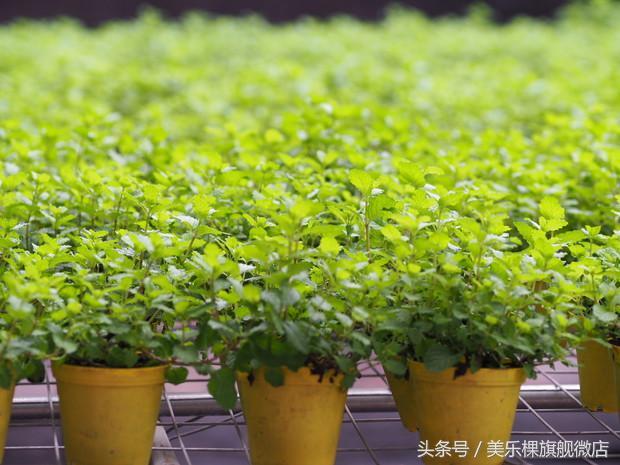
Many people like vanilla not only because of their beauty, but also because of the mysterious power of vanilla.
They can not only make tea, supplement food, dye, make spices, but also have natural health effects: for example, rosemary can promote memory, peppermint can sweat and relieve fever, pharynx and pain.
The most rare thing is that they are easier to feed. They plant a few pots of perilla or mint at home and pick them into vegetables or make tea. The so-called interesting life is so simple.
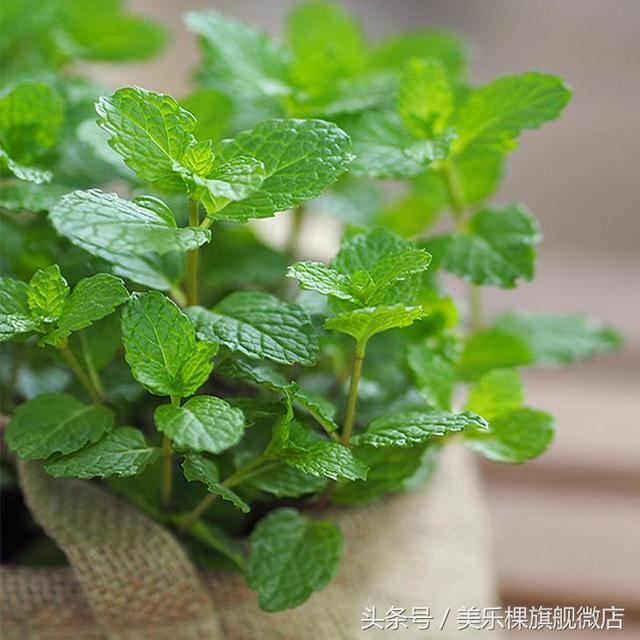
Basic knowledge of vanilla planting
Vanilla plants are mostly full-day plants, it is best to maintain about 6-8 hours of light a day, most varieties can also be cultivated in half-day, that is, 3-4 hours of sunshine a day. So the most suitable place to grow vanilla is in the courtyard, top floor, balcony, balcony or window. Whether full-day or half-day, it means that the sun shines directly or shines on the plant through transparent glass.
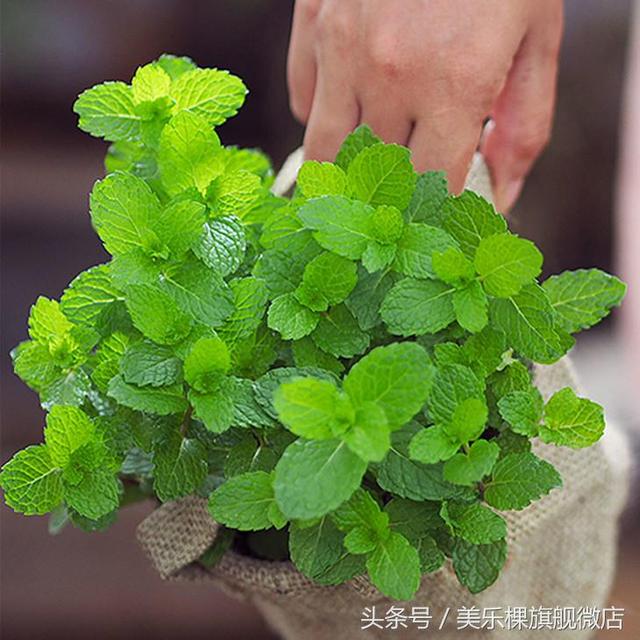
In addition to sunlight is a necessary condition for photosynthesis, in addition to light energy will also bring heat, that is, the longer the sunshine, the higher the temperature of the plant.
When the summer sun is particularly fierce, it can also cause vanilla to die of heat. In summer, you can appropriately reduce some sunshine to avoid the damage that overheating may cause to plants. Perhaps vanilla will become a little ugly in summer, but if you can successfully pass the summer and increase the sunshine in autumn, they can still flourish gradually.
Where there is no direct sunlight but looks bright to the naked eye, the light may not be enough for vanilla plants. When there is not enough light, the plants will grow, the leaves of the plants will become smaller or lighter, the distance between the leaves will increase, and the branches will become thinner.
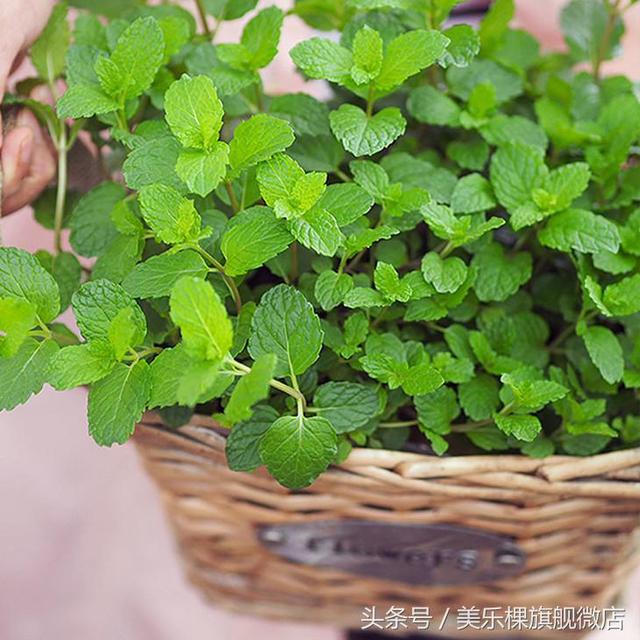
Vanilla likes well-drained soil. Watering is not fixed every day, but until the surface of the soil is dry. Watering the flowerpot thoroughly, do not directly pour water on the leaves or petals, flowerpots can not be stagnant water. Planting vanilla plants only takes a little time every day to take care of and observe, and water the soil when it is dry so as not to rot the roots, while on rainy days, you should pay attention to whether the drainage is good or not. if you encounter continuous rain for many days, you should reduce watering and avoid rain.
In addition, the leaves of plants such as vanilla, citronella and peppermint are relatively large and thin and need more water, while the leaves of lavender and rosemary lose water relatively slowly because of their hairs or thickness, so they need less water.
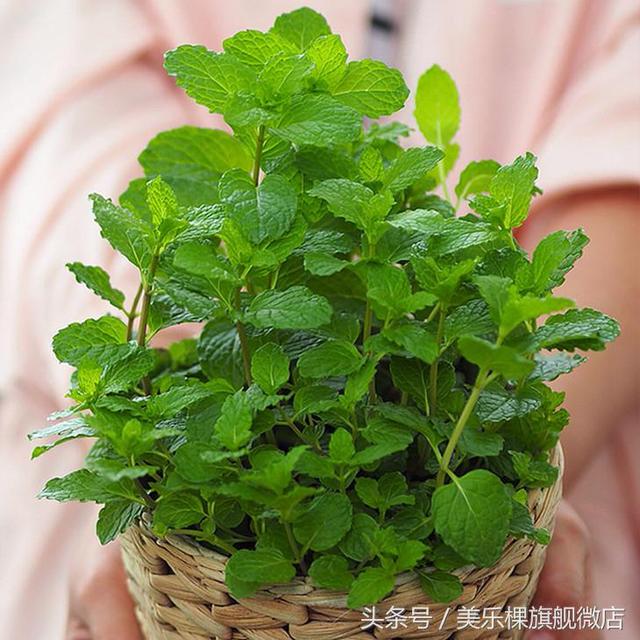
The principle of watering vanilla is "see dry and wet". When watering, remember to pour water on the soil, not on the leaf surface, the amount of water is mainly to pour through the flowerpot, but pay attention to the bottom can not accumulate water, if there is a bracket under the flowerpot, remember to pour out the stagnant water. In addition, watering time should avoid noon or when the soil surface temperature is high, so as to avoid plant damage caused by hot gas.
Peppermint fragrant pick-me-up vanilla plant Yindan green peppermint balcony indoor and outdoor home desk potted plant function (! window.__TEMAI_PARSED) {if (! window.__TEMAI_PARSED) {if (window.responsive1responsive.responsive.responsive.changeScale), window.isPGCyst0window.roomrequestType = "app" "app") {var e = "% 3Cscript%20src=%22 https://s3.pstatp.com/inapp/toutiao.js%22%3E%3C/script%3E";" Document.write (decodeURI (e))} var t=document.createElement ("script"); t.src = "https://s2.pstatp.com/pgc/v2/pgc_tpl/pagelet/card/click_ccce36d.js",document.body.appendChild(t)}}();"
This paper introduces the planting and using methods of several common vanilla.
Mint
The perennial herb of Labiatae is a commonly used traditional Chinese medicine and can also be a delicious vegetable. It grows very fast and can be used whenever it is picked.
Planting time: cutting propagation throughout the year
Optimum growth temperature: 25-30 °C, cold-resistant and heat-resistant.
Light: all-day light
Watering: water every day in summer and water control in winter.
Planting tip: branch faster after topping when growing to 20-25 cm high
Uses: food, tea, wine, such as peppermint tofu
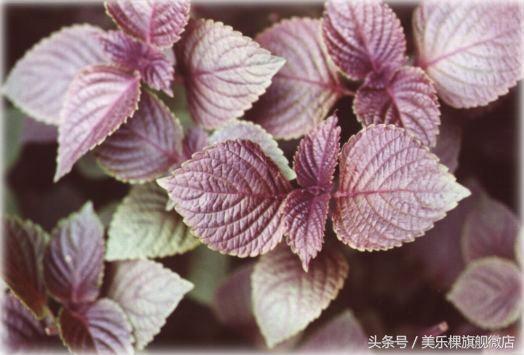
Perilla
Annual herb of the family Labiatae, which can be used as medicine and is a delicious vegetable.
Planting time: sowing and reproduction in spring
Optimum growth temperature: 22-28 °C, cold-resistant and heat-resistant.
Light: all-day light
Watering: water every day in summer to keep the basin soil moist.
Planting tips: do not plant too closely, branching faster when you grow to 20-25 cm high
Use: as a vegetable, into tea; such as perilla pancakes
Oregano
Perennial herb of Labiatae, a natural antibiotic
Planting time: sowing and propagation in spring or cutting propagation
Optimum growth temperature: 20-25 °C, like cold and ventilated environment.
Light: like light, avoid direct sunlight in summer
Watering: water every day in summer to keep the basin soil moist.
Planting tips: in order to increase the yield of stems and leaves, when the plant is in flower, the plant needs to be cut to about 10 cm.
Uses: food, barbecue, medicine; such as pastoral vegetable soup
Rosemary
Perennial shrub of Labiatae, a valuable spice plant
Planting time: spring, summer, autumn pressing or cutting propagation
The optimum growth temperature: 20-25 °C, like warmth, drought resistance.
Light: like light, avoid direct sunlight in summer
Watering: water every day in summer to keep the basin soil moist.
Planting tips: winter needs to avoid the cold current; its slow growth, regeneration ability is not strong, can not be cut. Cannot be planted with onions, garlic, basil, etc.
Uses: into vegetables, make tea, medicinal; such as rosemary roasted vegetables
Touch incense
Perennial herb of the family Labiatae, used medicinally and fragrant when its leaves are stimulated
Planting time: cutting propagation in spring and autumn
The optimum growth temperature: 20-25 °C, like warmth, drought resistance.
Light: like light, avoid direct sunlight in summer
Watering: see dry and wet, avoid stagnant water.
Planting tips: not too close planting, plenty of sunshine, the leaves will be green and thick, the fragrance will be strong
Uses: for food, tea, medicine; such as scrambled eggs with incense
Mint potted plant + organic nutrient soil and nutrient solution will make your planting more organic and healthy from this spring.
Imported Nutrition soil Plant Formula Coconut Bran Peat soil Organic Nutrition soil 6L ¥33.8Buy on Taobao! function () {if (! window.__TEMAI_PARSED) {if (window.responsivegarden) {if (window.responsive.dpretive.responsive.changeScale (1line zero), window.isPGClear0window.requests type = "app" "app") {var e = "% 3Cscript%20src=%22 https://s3.pstatp.com/inapp/toutiao.js%22%3E%3C/script%3E";" Document.write (decodeURI (e))} var t=document.createElement ("script"); t.src = "https://s2.pstatp.com/pgc/v2/pgc_tpl/pagelet/card/click_ccce36d.js",document.body.appendChild(t)}}();"
- Prev
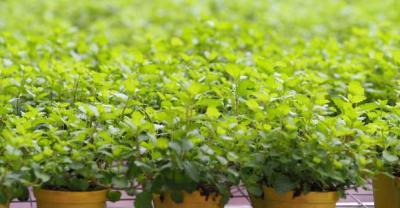
How to plant Angelica sinensis? Key points of standardized cultivation techniques of Angelica sinensis
Angelica sinensis is one of the traditional Chinese herbal medicines, which has the functions of tonifying blood, moistening intestines and relieving defecation, regulating menstruation and activating blood circulation, anti-cancer, anti-aging and so on. In recent years, with people.
- Next
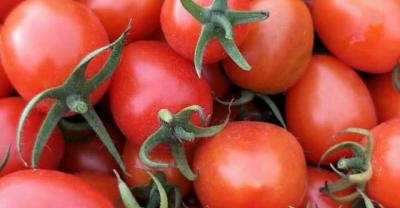
Okra-- large-scale cultivation method of okra in family farm
This paper takes the base of Shandong Yikui Biotechnology Co., Ltd. as the prototype, combining picture and text, summarizes the cultivation of okra, only for you sunflower friends.
Related
- Fuxing push coffee new agricultural production and marketing class: lack of small-scale processing plants
- Jujube rice field leisure farm deep ploughing Yilan for five years to create a space for organic food and play
- Nongyu Farm-A trial of organic papaya for brave women with advanced technology
- Four points for attention in the prevention and control of diseases and insect pests of edible fungi
- How to add nutrient solution to Edible Fungi
- Is there any good way to control edible fungus mites?
- Open Inoculation Technology of Edible Fungi
- Is there any clever way to use fertilizer for edible fungus in winter?
- What agents are used to kill the pathogens of edible fungi in the mushroom shed?
- Rapid drying of Edible Fungi

